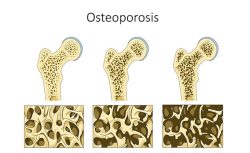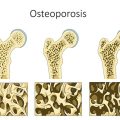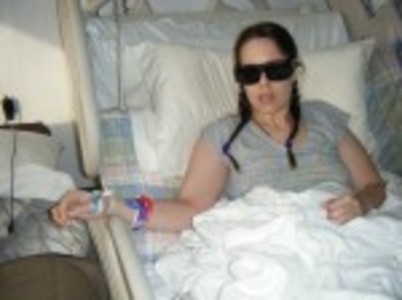Introducing the third in our series of Real Women. Real Data.TM surveys: The Gardasil Cervarix HPV Vaccine Survey.
At Hormones MatterTM we have covered the Gardasil story many times. We have been struck by the depth and breadth of adverse events experienced by young girls and women who have been given the HPV vaccines. We are concerned by the lack non-industry sponsored data regarding the range, frequency and severity of adverse events. We aim to solve that problem and we need your help.
About Gardasil and Cervarix
Individual reports abound about the dangers of the HPV vaccine, Gardasil. Less is known about Cervarix. Data collected from Vaccine Adverse Event Reporting System (VAERS) and reported on here, indicates a serious adverse event rate 4.3 per 100,000 doses of Gardasil. Serious adverse events are those that cause death or are life threatening, require hospitalization, cause persistent disability or incapacity and/or require medical treatment to prevent permanent impairment or damage. This is compared to a death rate of cervical cancer, which according to the WHO stands at 1.7 per 100,0000 cases in the US.
What we don’t know is who is most at risk for these adverse events. Are there particular pre-existing conditions, medications or even menstrual cycle triggers that increase the risk for an adverse event? What is the full range of side-effects and adverse events, short term and long term? Is either vaccine more risky than the other? These are questions that must be addressed so that as medical consumers we can make educated decisions about vaccine safety.
We need your help to gather these data. Please take this survey and share it with your friends, sisters, colleagues and anyone you know who has been given the HPV vaccine. Please post on your Facebook pages and share on Twitter, Linkedin, Reddit and other social media. We will need thousands of women to find the connections. That requires crowdsourcing and sharing amongst women.
Purpose the Gardasil – Cervarix Survey
Women and their physicians need more data about the side-effects of the HPV vaccines, Gardasil and Cervarix. There is a lack of data about who is at risk for adverse events and whether certain pre-existing conditions increase one’s risk for an adverse event. There is also a lack of data about the long term health effects of these vaccines. The purpose of this survey is to fill that data void; to learn more about the risks for and nature of adverse events associated with each of the HPV vaccines, Gardasil and Cervarix.
Who Should Take the Gardasil Cervarix HPV Vaccine Survey
Girls or women who have been given either vaccine or the parents or other family members of young girls given the vaccine.
We are not currently collecting data on the adverse reactions for men and boys, but intend to launch a separate survey to tackle that population.
How Long Does the Gardasil Cervarix HPV Vaccine Survey Take?
This is a long survey. We felt it was important to assess the full depth, breadth, onset and severity of adverse reactions in order to give parents and women the data they need to make informed medical decisions. This necessitated a longer than desired survey. We estimate it will take approximately 20-30 minutes to complete the survey. We hope, given what is at risk, survey respondents will take the time to complete the entire survey.
Is the Survey Anonymous and Secure?
Yes. We do not collect personal identifying information and the survey is hosted with SSL encryption using a verisign certificate Version 3, 128 bit encryption.
How Will the Data be Used?
To inform future research and women’s health decision-making.
Who is Conducting this Research?
Researchers from LucineTM, Hormones MatterTM. For more information on Lucine, click here. For more information about Hormones MatterTM , click here.
What Can I Do To Help?
Our organization is completely unfunded at this juncture and we rely entirely on crowdsourcing and volunteers to conduct the research and produce quality health education materials for the public. Get involved and help us prove that hormones matter and that women’s health data matter. Become an advocate, spread the word about our site, our research and our mission. Join our team. Write for us, partner with us, help us grow. For more information contact us at: info@hormonesmatter.com.
To take the Gardasil Cervarix HPV Vaccine Survey, click here.
To take one of our other Real Women. Real Data.TM surveys, click here.
To sign up for our newsletter and receive weekly updates on the latest research news, click here.
Thank you in advance for your help.


















